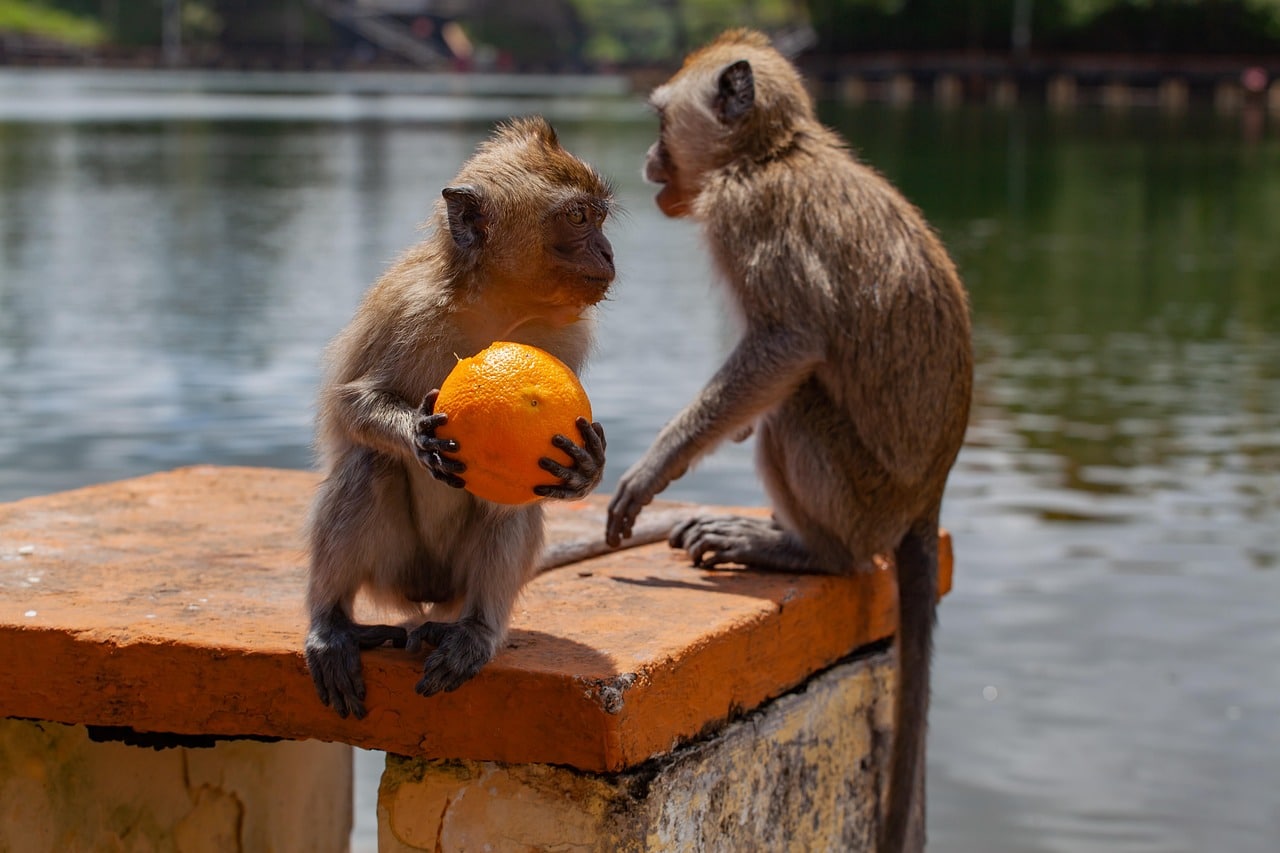 Shutterstock
Shutterstock
The animal kingdom is filled with highly intelligent creatures, some of which use tools in ways that rival humans. These animals showcase impressive problem-solving abilities that challenge our ideas of intelligence in the wild. Their ability to manipulate objects for different purposes pushes the boundaries of what we thought animals were capable of. These examples prove that creativity, adaptability, and innovation exist beyond humans. These animals remind us that intelligence and resourcefulness are found in the most unexpected places.
Primates
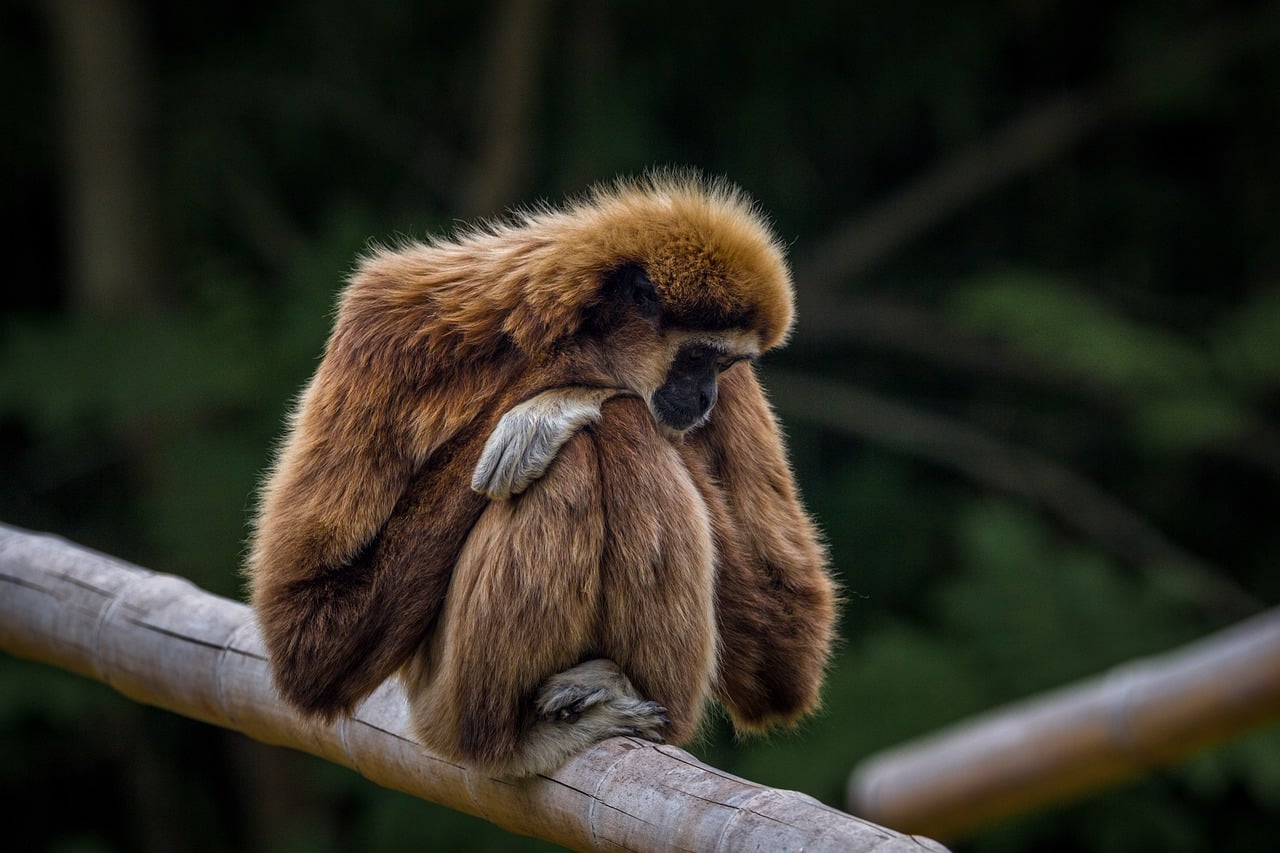

Primate species, particularly chimpanzees, are the undisputed masters of using tools in the wild. From fashioning sticks to extract insects to cracking nuts with rocks, they’ve been seen using objects to solve everyday problems. Some primates even modify tools to suit their needs, proving their deep understanding of how tools work. This resourceful behavior is learned and passed down through generations, reflecting a remarkable ability to innovate and adapt to their surroundings.
Crows
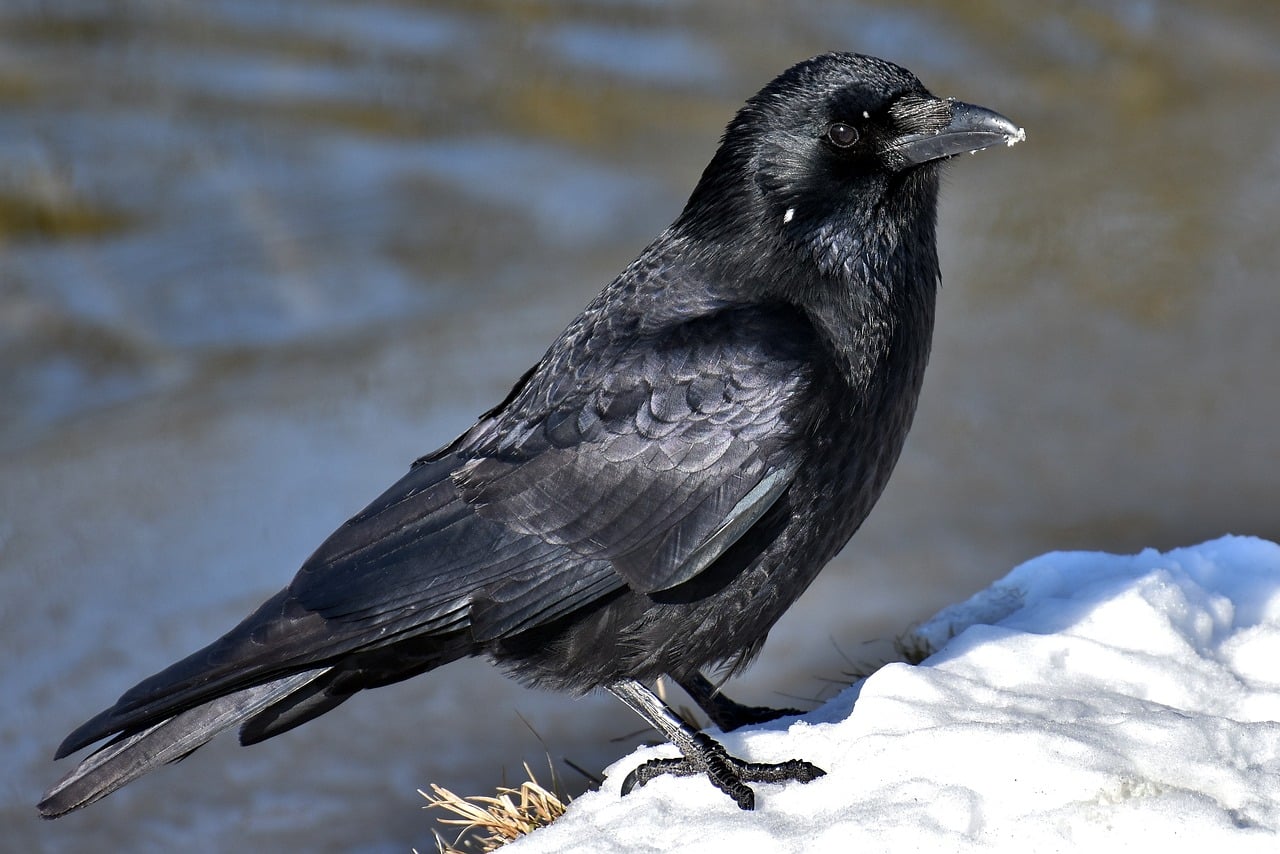

Crows have an extraordinary ability to craft tools and solve complex problems. One species, the New Caledonian crow, has been observed using twigs to create hooks, helping them retrieve hard-to-reach food. Their ability to learn and manipulate objects is a testament to their advanced cognitive abilities. These birds understand cause and effect, showcasing their ingenuity and creativity when it comes to finding solutions in their environment.
Dolphins


Dolphins are known for their playful nature, but they also use tools to adapt to their underwater world. Some dolphins use sea sponges to protect their noses from sharp rocks while foraging on the ocean floor. This learned behavior is passed from mother to offspring, demonstrating their capacity for teaching and social learning. By using tools in such a specialized way, dolphins show an impressive level of intelligence and adaptability.
Elephants
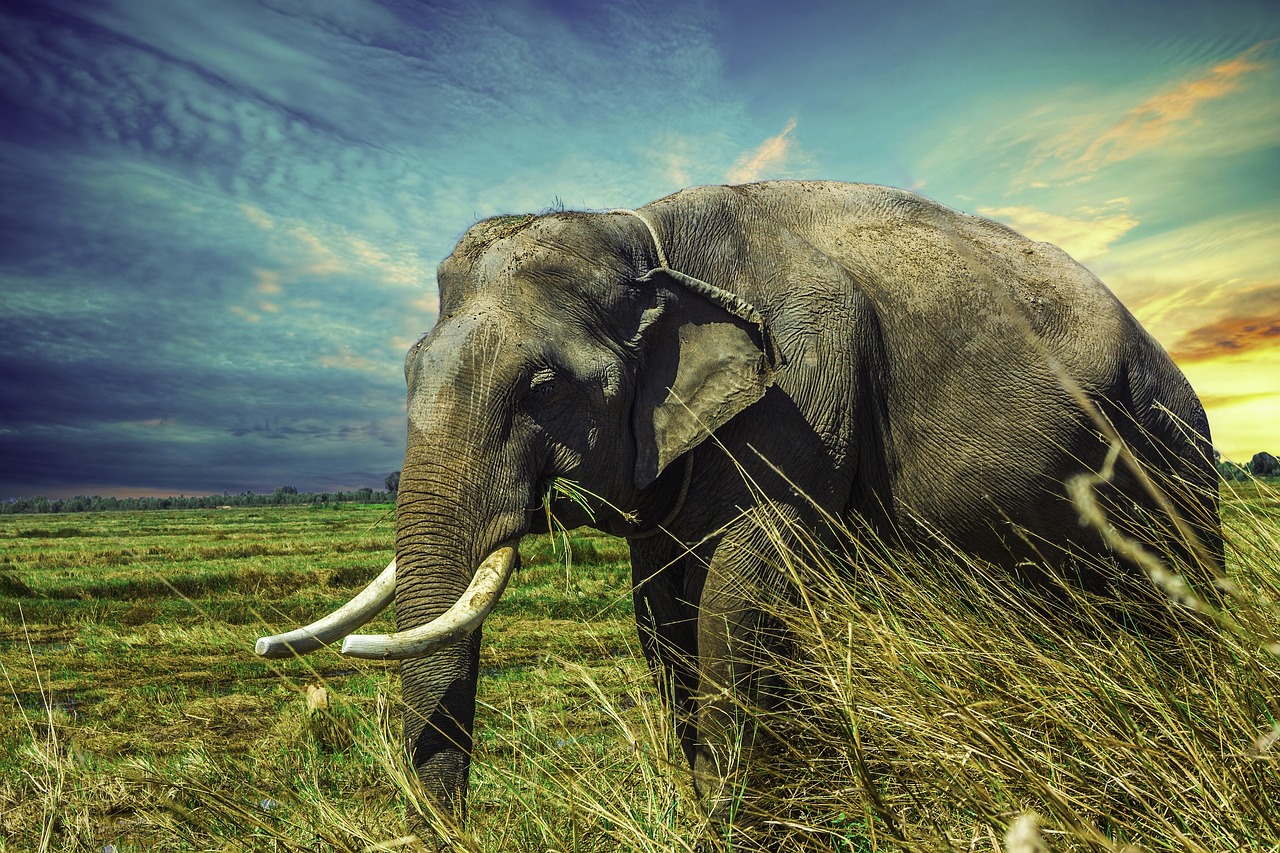

Elephants are not only known for their memory but also for their tool-use abilities. These majestic creatures have been observed using sticks to scratch hard-to-reach places and branches to swat flies. Their dexterity is unmatched as they manipulate objects to fulfill both personal and social needs. Elephants also modify tools to improve their functionality, showing a level of problem-solving and creativity that sets them apart in the animal kingdom.
Octopuses
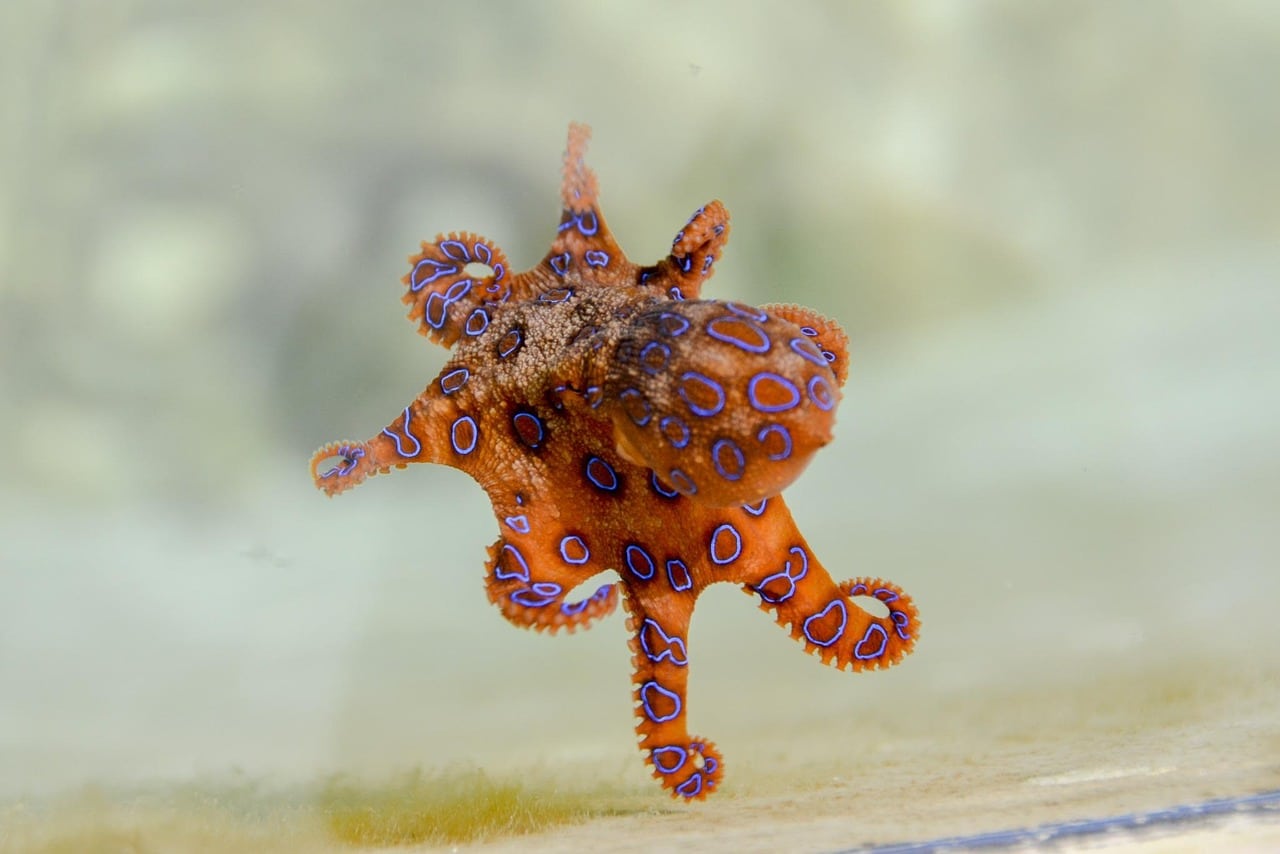

Octopuses are the masters of underwater problem-solving, utilizing discarded shells and coconut halves as tools for protection and shelter. These marine creatures demonstrate an advanced understanding of how objects can be repurposed for survival. Their ability to use tools shows that intelligence is not limited to land-dwelling animals, as they innovate in the deep sea to protect themselves and navigate their complex environment.
Sea Otters
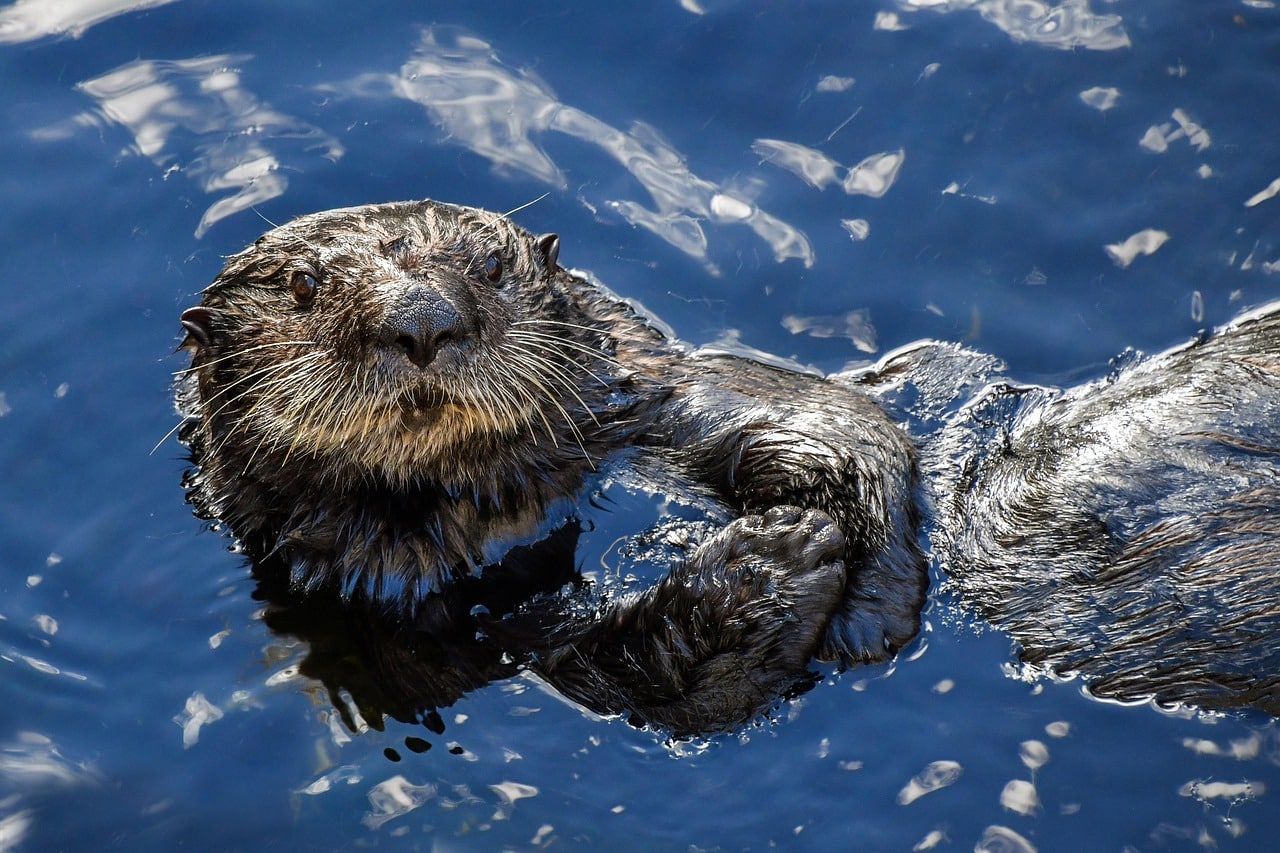

Sea otters use rocks and other tools to help them crack open shellfish, holding the stones on their bellies while floating in the water. This tool use is an essential part of their survival in the ocean. Their remarkable ability to balance tools and food while floating showcases impressive coordination. Sea otters’ resourcefulness highlights their intelligence and problem-solving skills in a challenging marine environment.
Macaques
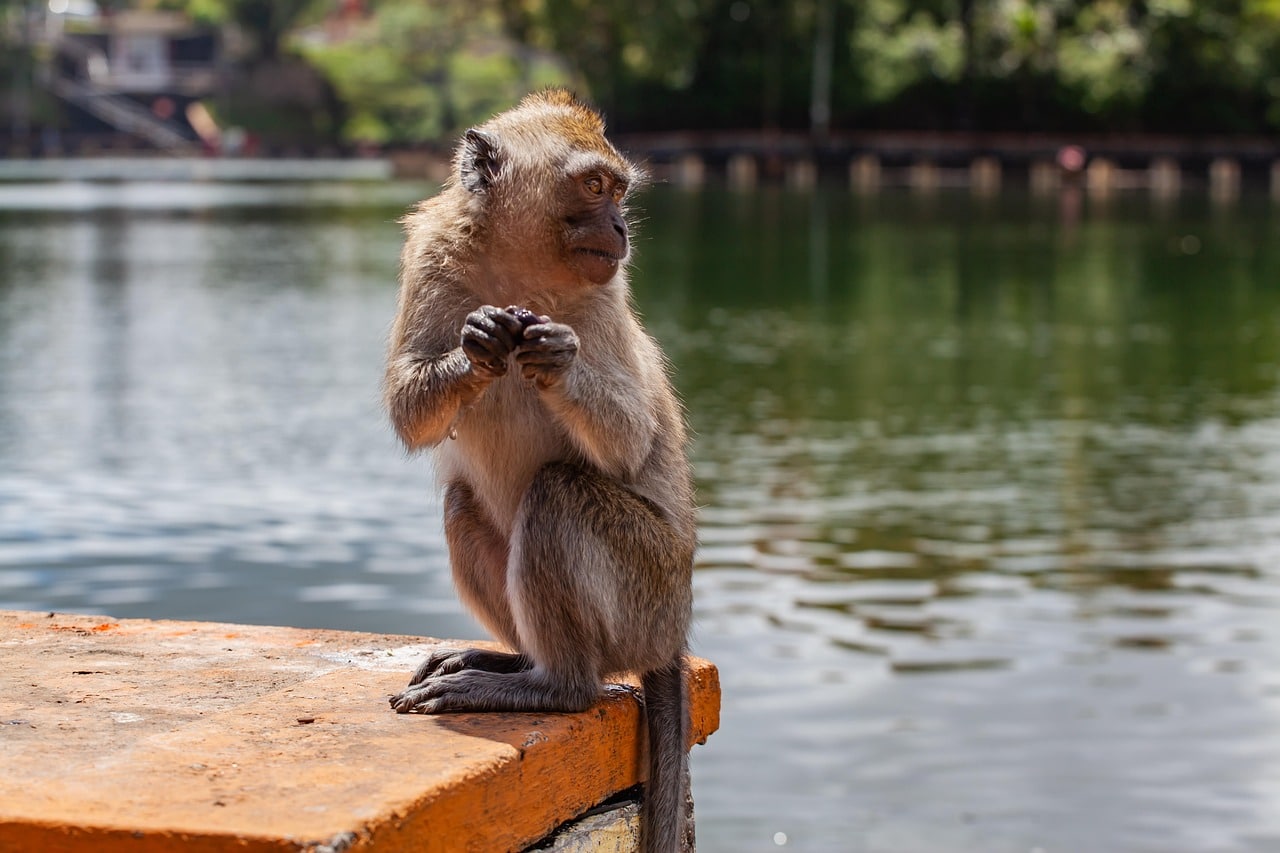

Macaques are another primate species known for their creative tool use. Japanese macaques, in particular, have been seen using rocks to crack open nuts and even hurling them at predators to protect themselves. This strategic use of tools shows their deep understanding of their environment. Macaques not only use tools for survival but also to maintain social order, making them one of the most adaptable and clever animals in the wild.
Ravens
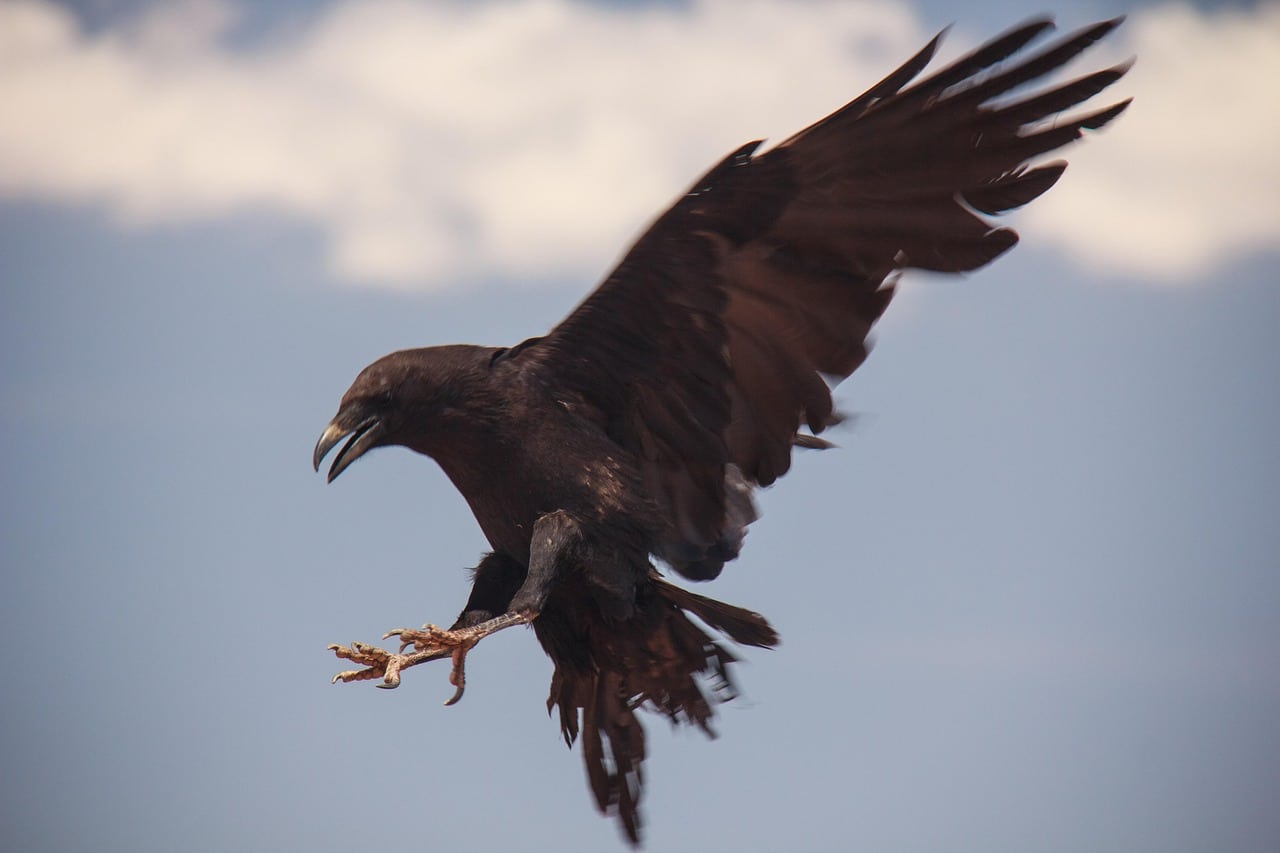

Ravens are known for their ability to solve puzzles and use tools to manipulate their environment. These birds craft sticks to extract food from tight spaces, showcasing their ingenuity. Ravens are also capable of using multiple objects together to create more complex tools. Their ability to plan and execute these actions reflects their remarkable intelligence and problem-solving capabilities.
Termites
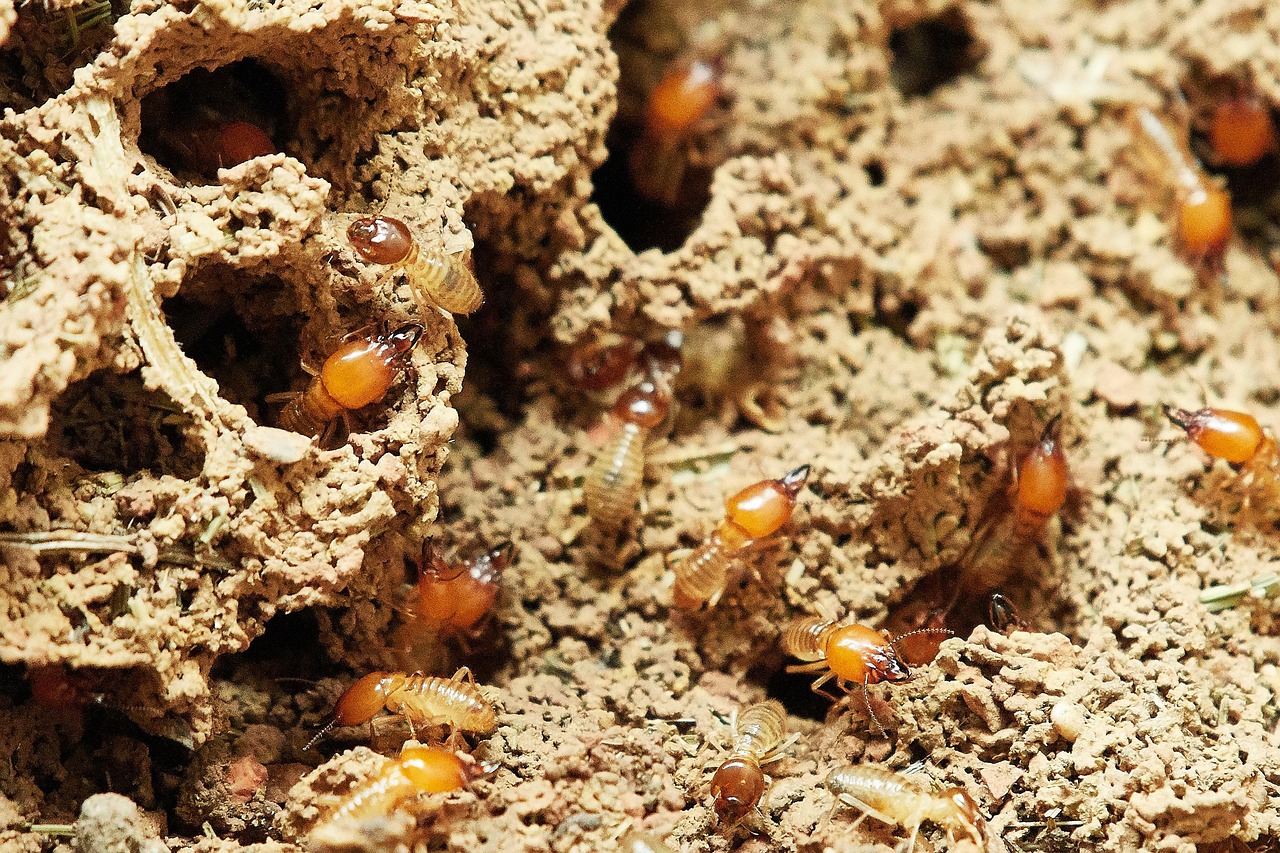

Termites may be small, but their ability to construct elaborate mounds with mud, plant matter, and saliva is a testament to their tool-use skills. These complex structures regulate temperature and protect the colony from predators. Termites demonstrate an impressive level of organization and coordination, using the environment around them to create tools for survival. Their intricate mound-building process highlights their remarkable collective intelligence.
Beavers
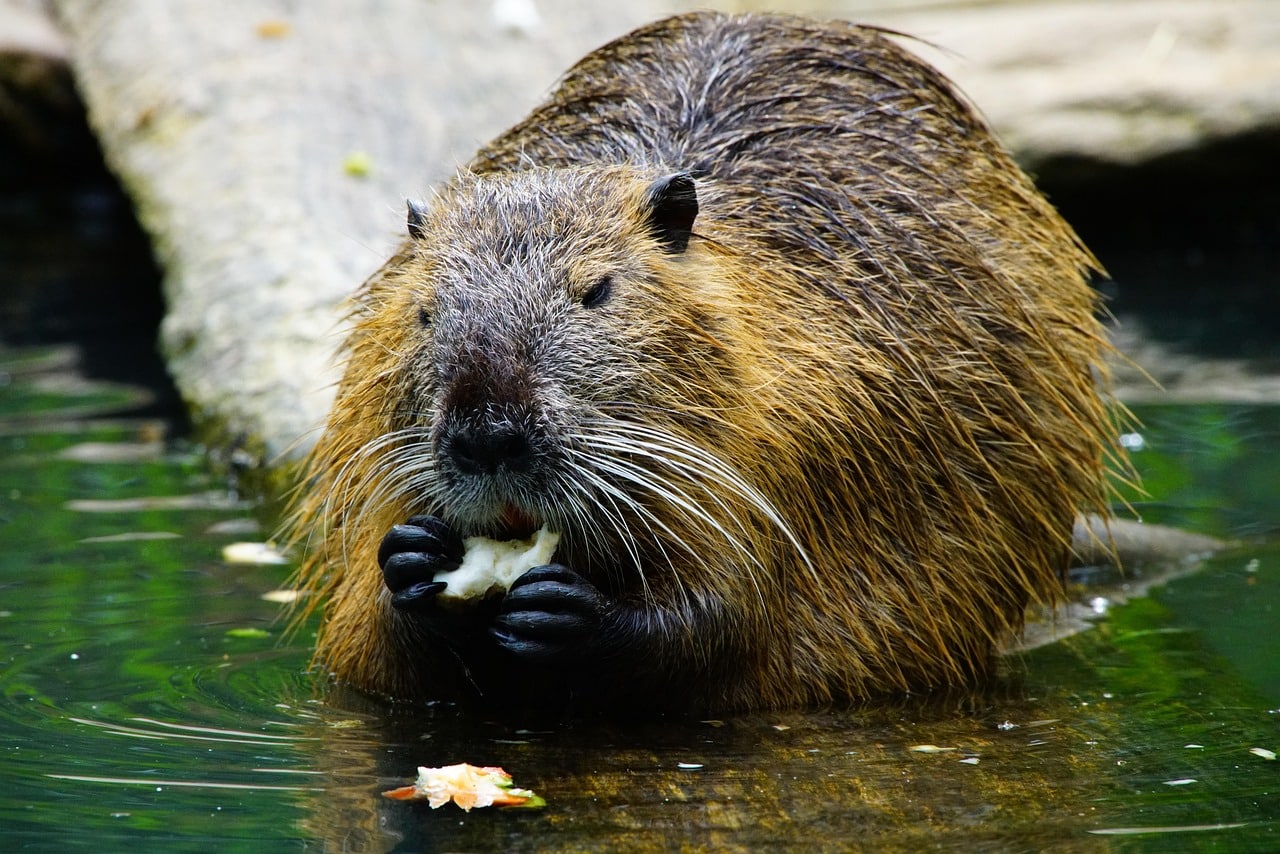

Beavers are well-known for their incredible ability to build dams and lodges using sticks, branches, and mud. Their tool-use is not only practical but also a brilliant way to manipulate their environment for safety and comfort. Beavers have a deep understanding of how to shape their surroundings to meet their needs. Their skillful use of natural resources for construction showcases their intelligence and creativity.
Squirrels
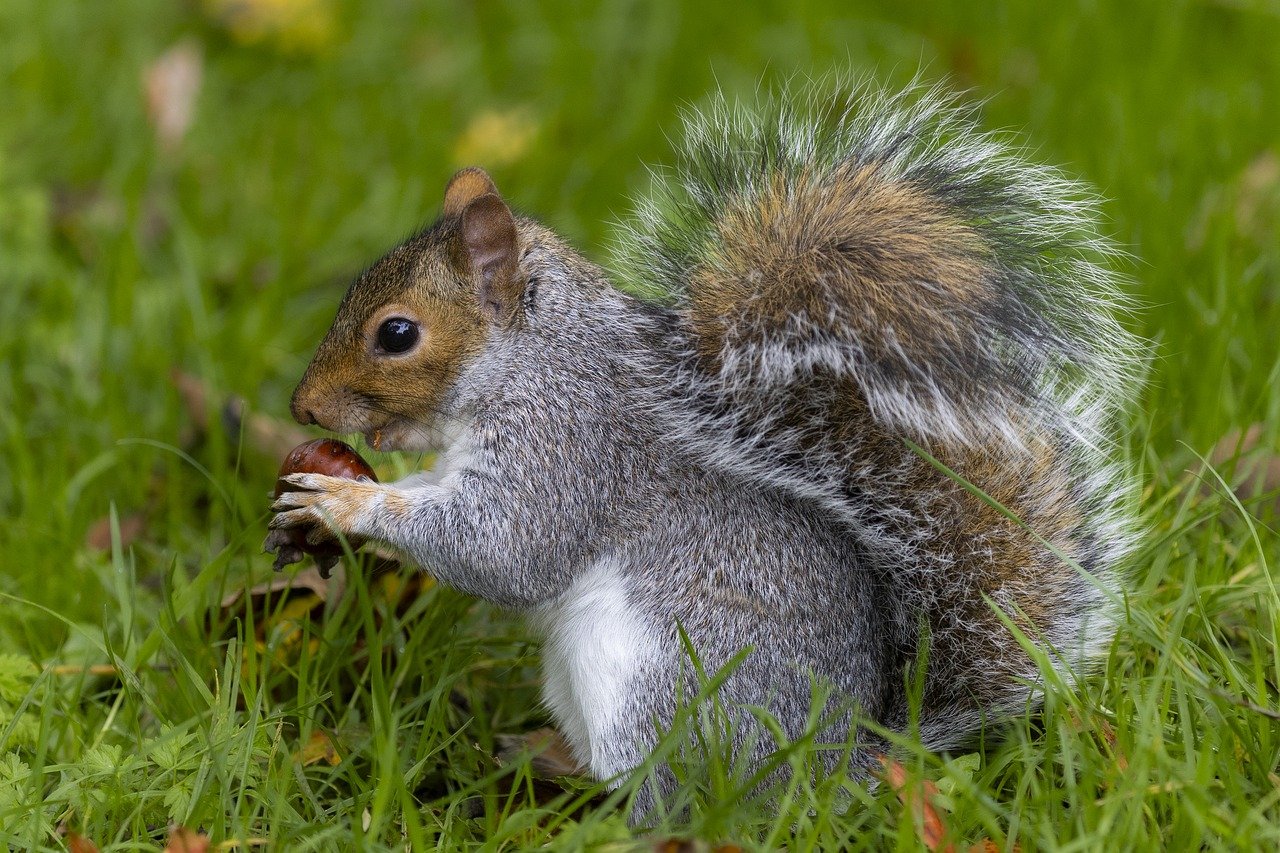

While squirrels may not be as well-known for tool use as some other animals, they’ve been seen using rocks and sticks to crack open nuts. Their ingenuity in using objects to access food demonstrates their problem-solving skills. Squirrels are also known to manipulate their surroundings by breaking open shells or using tools for various tasks. This adaptability shows that even small creatures have clever ways of utilizing their environment.
Chimpanzees
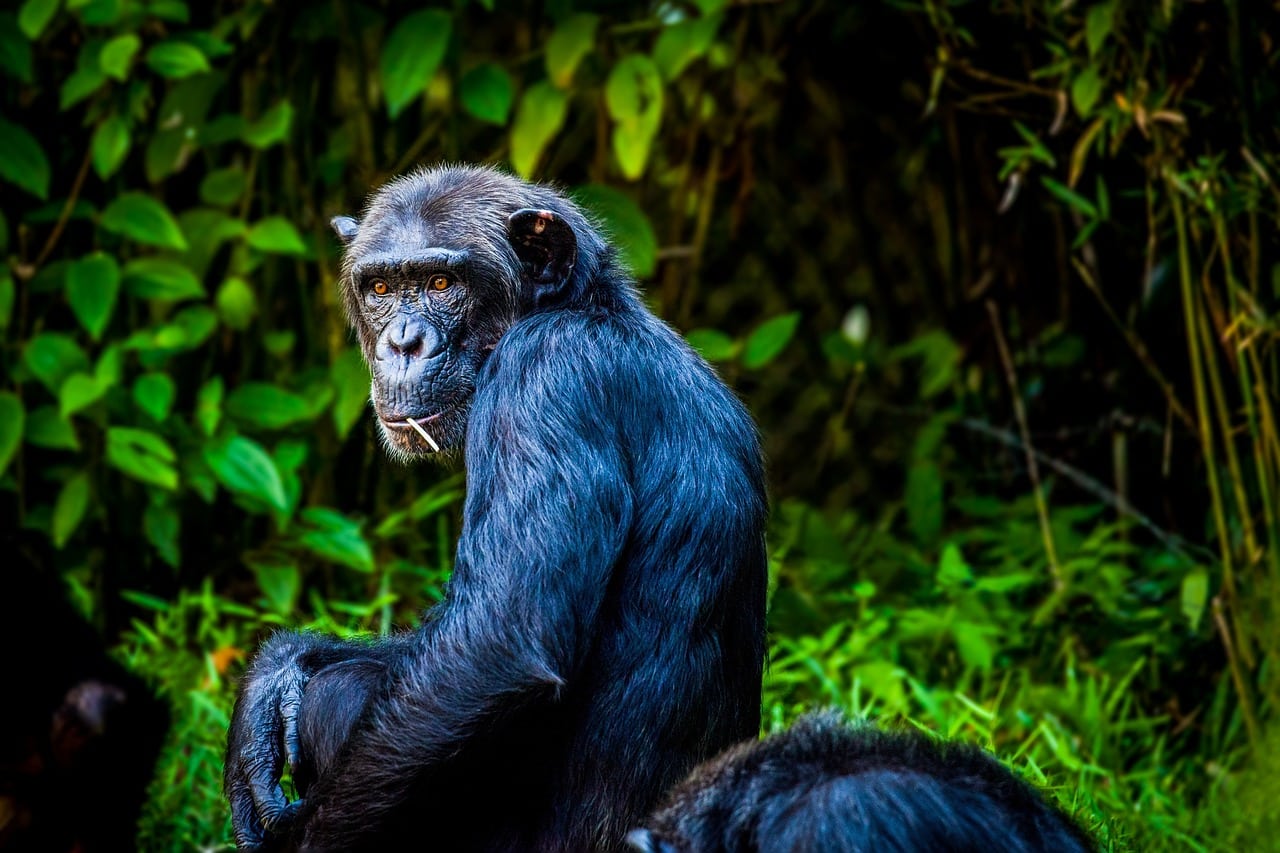

Chimpanzees are among the most resourceful animals when it comes to using tools. They use sticks to extract insects and even craft spears for hunting. Their ability to modify tools to fit specific needs shows their advanced problem-solving skills. Chimpanzees are not only tool users but also tool innovators, making them one of the most intelligent species in the animal kingdom.
Orangutans
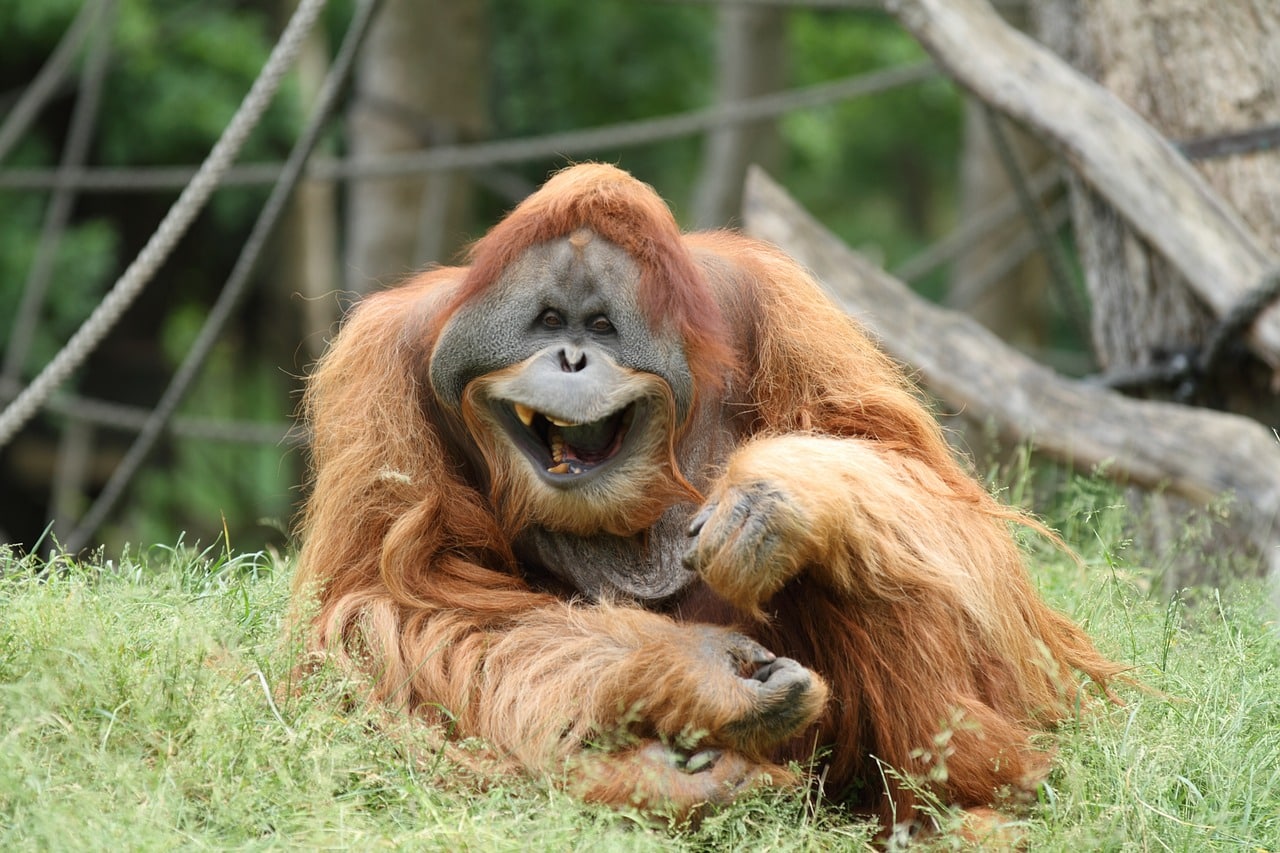

Orangutans are incredibly skilled tool users, often using sticks and leaves for a variety of purposes. They’ve been seen using sticks to help them forage for fruit and create makeshift umbrellas. Their creativity in manipulating objects for survival is a sign of their adaptability. Orangutans’ resourcefulness in the wild highlights their intelligence and their ability to use tools in many different ways.
Elephants


Elephants exhibit impressive tool-use behavior, whether it’s using branches to swat flies or modifying tools to meet specific needs. Their ability to manipulate tools for both personal care and social purposes is a reflection of their cognitive capabilities. Elephants are highly social animals, and their use of tools plays an essential role in their communication and interaction with other members of their herd.
Pufferfish
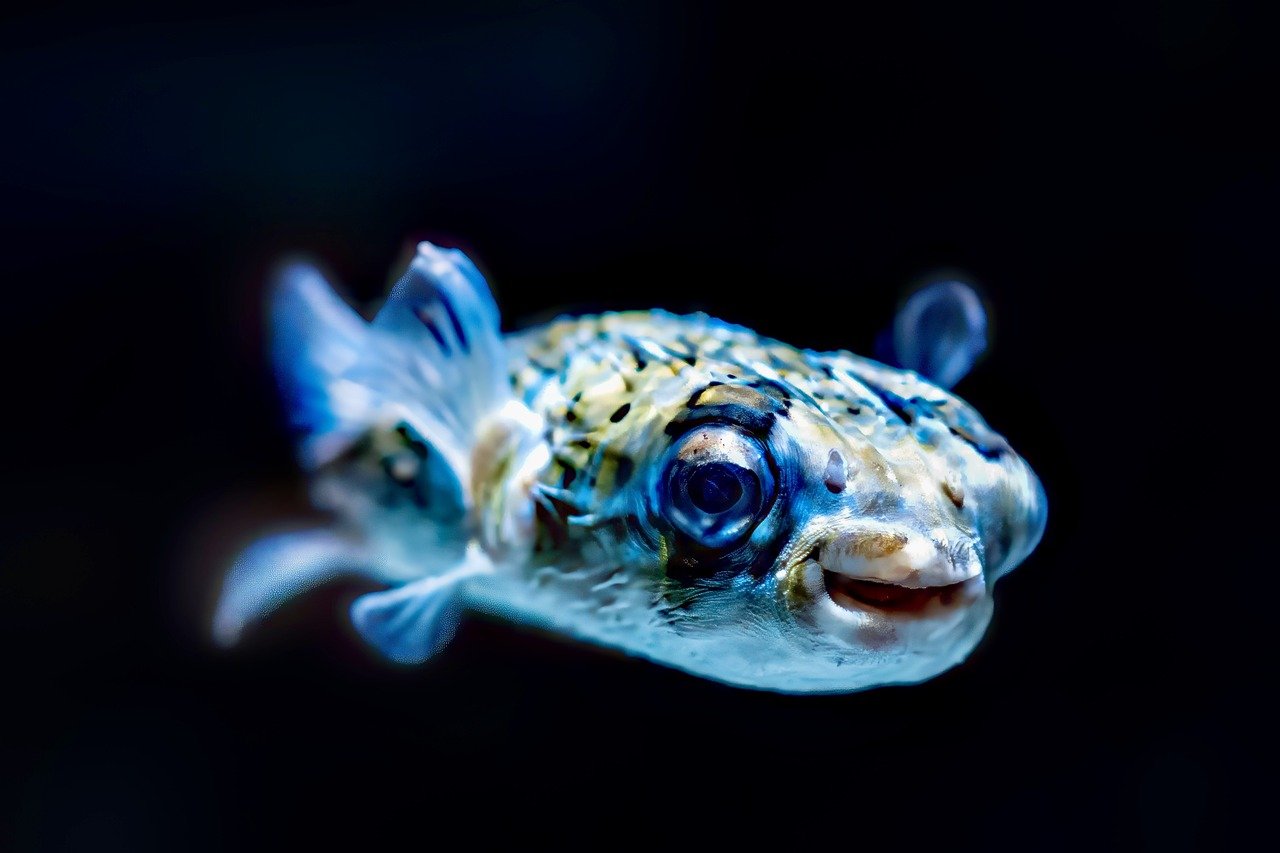

Pufferfish may not come to mind when you think of tool users, but they create intricate sand structures to attract mates. Male pufferfish use their fins and mouths to create symmetrical patterns in the sand, showcasing not only their tool-use but also their creativity. These displays serve both practical and social purposes, providing protection and attracting potential mates. Pufferfish demonstrate that even small fish can use tools to improve their chances of survival and reproduction.
The Resourceful Innovators Of The Animal Kingdom
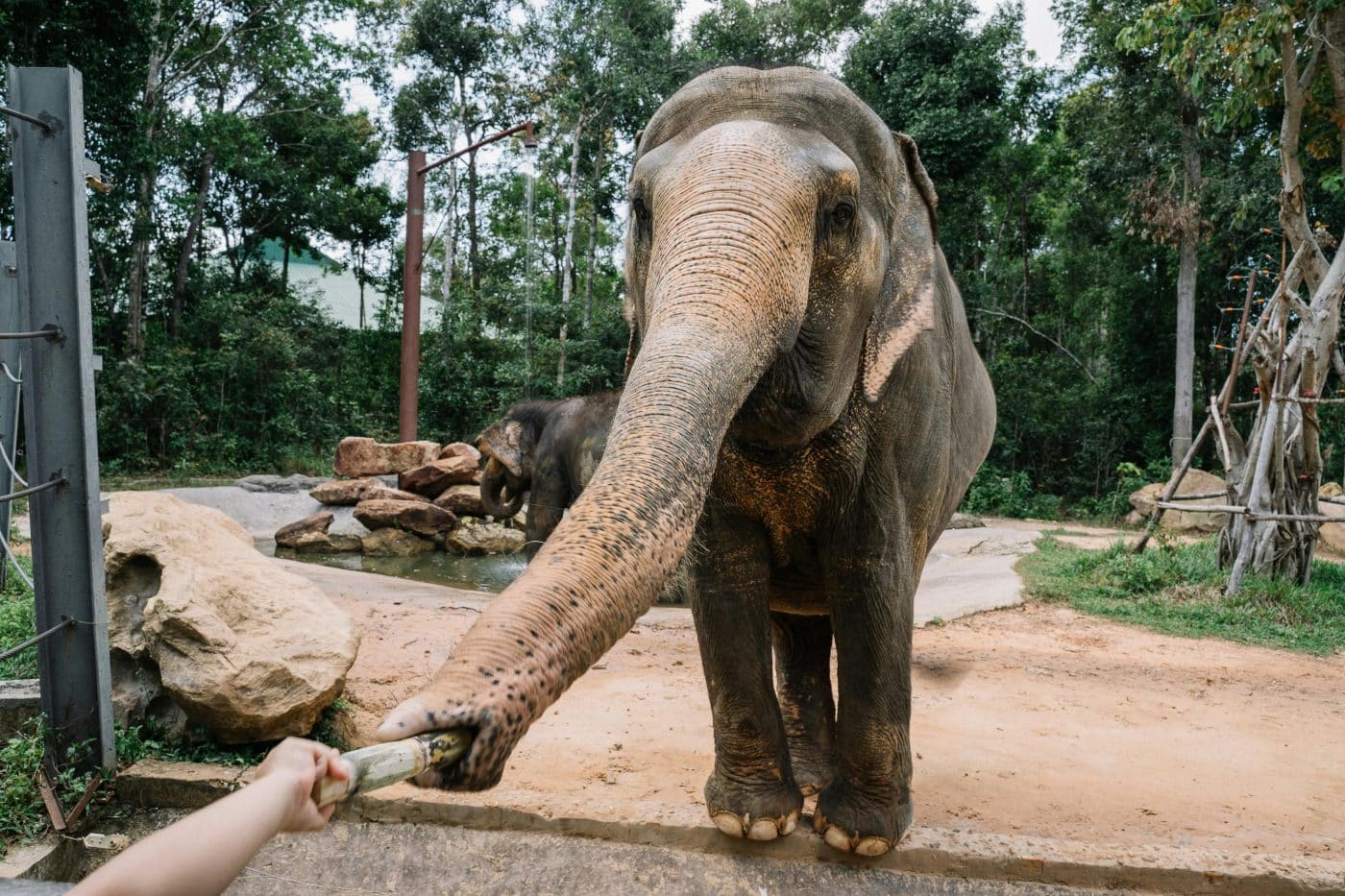

These animals demonstrate that innovation and tool use aren’t exclusive to humans. With remarkable creativity and intelligence, they’ve adapted to their environments by using natural resources to solve problems and enhance survival. Their ability to think outside the box shows that ingenuity spans the animal kingdom. These creatures remind us that resourcefulness, creativity, and adaptability are powerful traits for overcoming challenges in any environment, highlighting that innovation takes many forms in nature. Their tool use showcases the versatility and intelligence found across the animal world.




